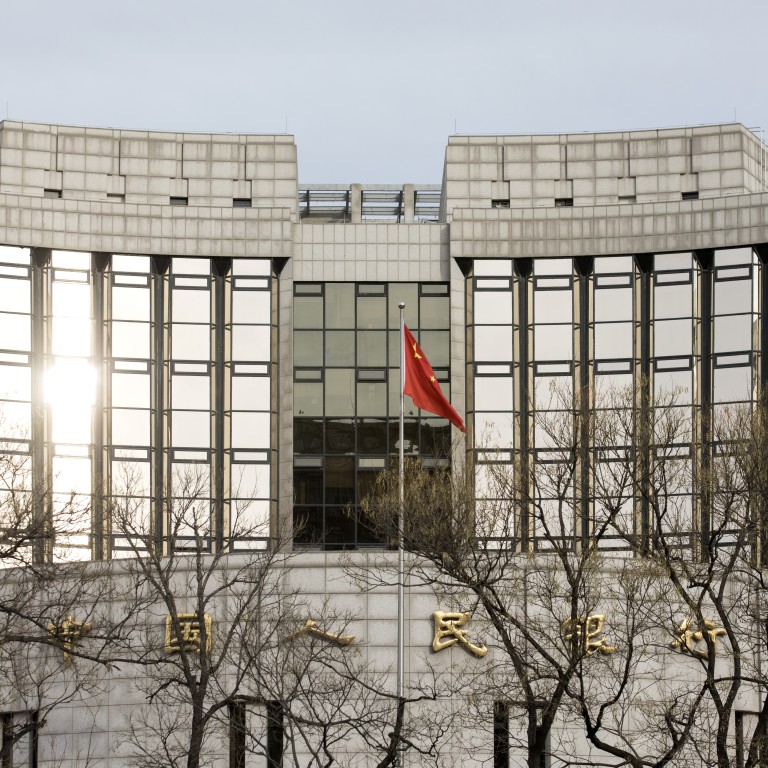
China may cut benchmark interest rate before Lunar New Year as ‘existing measures are not sufficient’
- The People’s Bank of China, China’s central bank, has not shifted the more powerful one-year lending rate since 2015
- Barclays Plc economists, led by Jian Chang, say ‘existing measures are not sufficient’
The rapid deterioration in China’s economic data could spur the central bank to cut its benchmark interest rate as soon as Friday, according to Barclays Plc economists.
“Existing measures are not sufficient to lower the financing costs of the real economy, in a down-cycle with rising credit risk and falling producer-price inflation,” the analysts led by Jian Chang wrote.
“Hence, lowering the risk-free rate is unavoidable, in our view.”
Chang was the only economist in Bloomberg surveys to correctly predict rate cuts that policymakers enacted in late 2014.
China’s central bank is not in a hurry to cut the one-year lending and deposit rates, according to Citibank economists.
However, in a note from Wednesday, they said they expect a cut in the Standing Lending Facility rate, which is the Chinese equivalent of the Fed’s Discount Window, from as early as February.
Manufacturing purchasing managers index (PMI) surveys released on Thursday and Friday are the latest evidence of a continuing downtrend, which policymakers are struggling to arrest with months of targeted stimulus measures.
On Thursday, the official PMI rose to 49.5 this month from 49.4 in December, however, anything below 50 represents a contraction, meaning that for the second month in a row, one of the main engines of Chinese growth acted as a drag on the economy.
And on Friday, the Caixin Purchasing Managers’ Index (PMI), which tracks the activities of small- and medium-sized manufacturing enterprises, fell to 48.3 from 49.7 in December.
The People’s Bank of China (PBOC), China’s central bank, has added liquidity through six cuts to the reserve-requirement ratio since the start of 2018, but has not shifted the more powerful one-year lending rate since 2015.
Barclays forecasts the PBOC will cut benchmark rates twice, by 25 basis points each in the first and second quarters.
However, most economists surveyed by Bloomberg disagree – 28 of 32 see the one-year lending rate unchanged through the end of the first quarter, and most see no change by the end of 2019.
Chang argues that with a more “patient” stance being adopted by the US Federal Reserve this week, and the yuan’s robust performance in January, previous impediments to cutting borrowing costs more broadly in China have been removed.
History shows that when PMI surveys fall below the 50 mark, exports contract and producer-price inflation slows sharply, the PBOC tends to act, according to Barclays research, and all three of those conditions have been met in recent weeks.
“The dovish tone and proactive stance exhibited by the PBOC in January underscore significant downward pressure on growth from both weak domestic demand and a rapid deterioration in the external environment,” Chang wrote.

